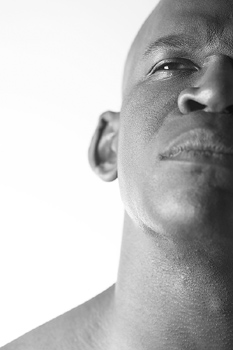Jan 25 2005
 Scientists have found the brain regions that decide where we look, and where to direct our eyes when we’re faced with a difficult choice, such as looking someone straight in the eye or looking away.
Scientists have found the brain regions that decide where we look, and where to direct our eyes when we’re faced with a difficult choice, such as looking someone straight in the eye or looking away.
According to research published today in Current Biology, the team from Imperial College London and University College London, have found that different areas of the brain are active when we freely select where to look, and when we change our mind and look elsewhere.
Using magnetic resonance imaging (MRI), the researchers discovered two distinct areas within the medial frontal cortex of the brain. One became active when a free choice was made, while the other responded to situations of conflict, when one plan had to be discarded in favour of an alternative.
In the experiment, volunteers were asked to freely shift their eyes while in the MRI scanner, and this resulted in the brain region associated with free choice becoming active. When the volunteers had to change their minds and look elsewhere, a different part of the brain was activated.
Dr Masud Husain from Imperial College London, based at Charing Cross Hospital, said: “This research has revealed the brain regions which decide where we direct our eyes. Sometimes choosing where to look isn’t straightforward. Do you look your boss straight in the eye, or do you decide to look away? Even if you decide to look him in the eye, you might have second thoughts and change our mind - before it’s too late. Different parts of the medial frontal cortex become active when we choose to make an eye movement of our own free will, and when we face a difficult choice involving conflicting alternatives.”
The researchers believe this discovery may also explain why people with damage to the medial frontal cortex often seem incapable of generating actions of their own free will, or choosing between alternative actions.